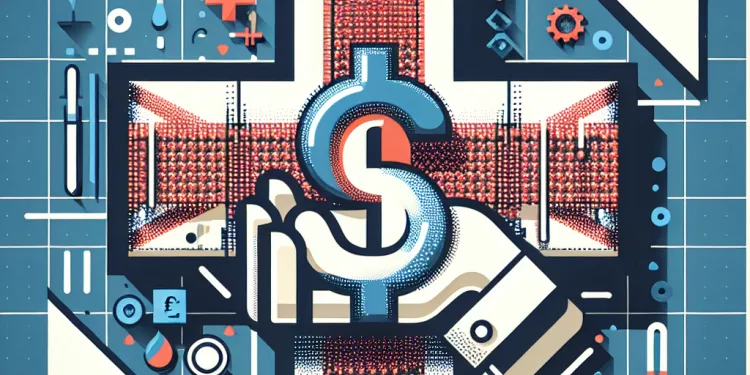
Find Help
More Items From Ergsy search
-
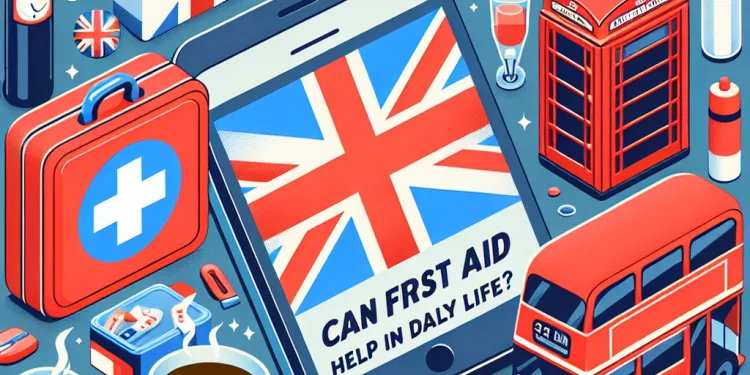
Can first aid skills help in daily life?
Relevance: 100%
-

How can I practice first aid skills effectively?
Relevance: 98%
-
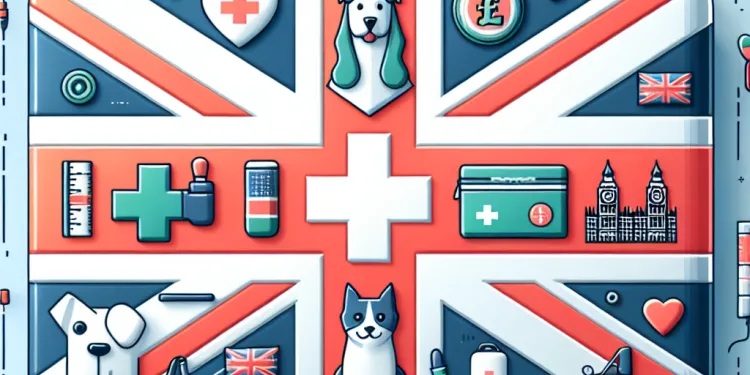
Are there first aid courses for pets?
Relevance: 80%
-

Where can I learn First Aid?
Relevance: 79%
-

Do first aid certifications expire?
Relevance: 77%
-

Can I take first aid courses in person?
Relevance: 75%
-
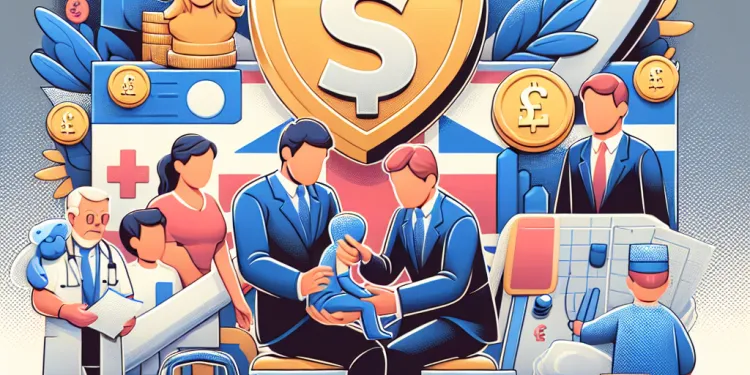
What age is appropriate to start learning first aid?
Relevance: 74%
-

Where can I learn first aid online?
Relevance: 73%
-
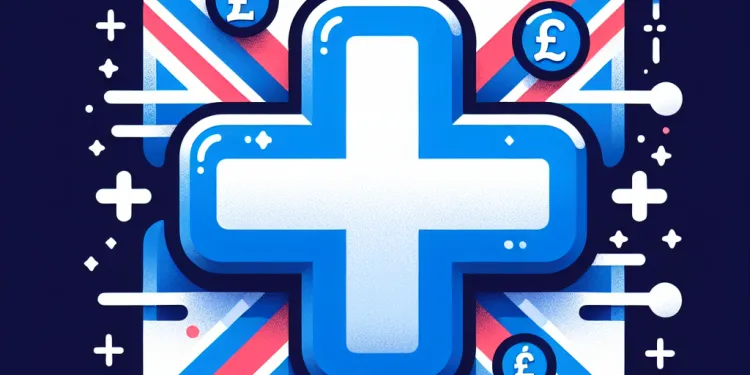
Are there free resources for learning first aid?
Relevance: 73%
-
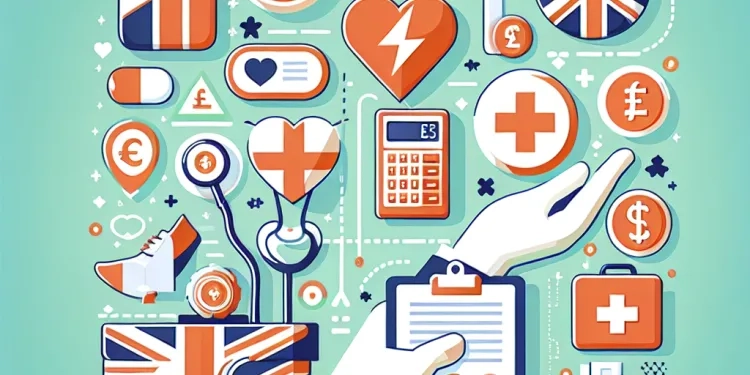
What is the best first aid certification to obtain?
Relevance: 72%
-
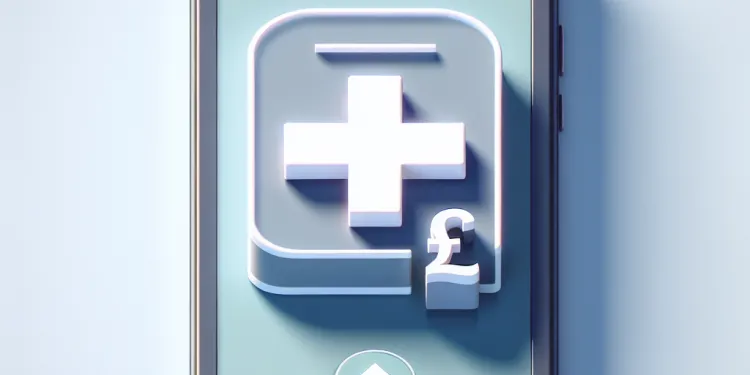
Are there mobile apps that teach first aid?
Relevance: 71%
-
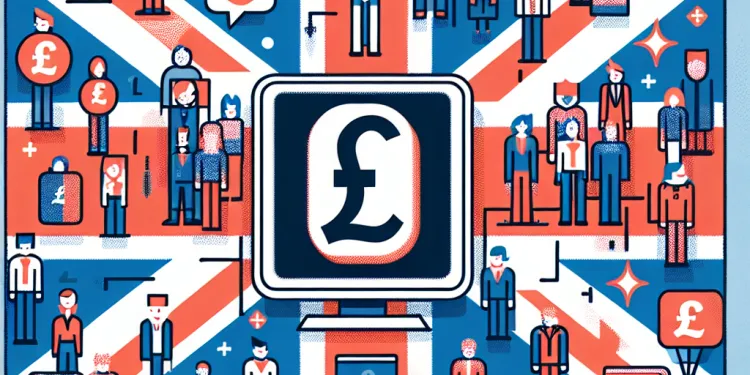
Can I learn first aid as a group?
Relevance: 71%
-

How important is it to learn CPR along with first aid?
Relevance: 70%
-

What topics are covered in a first aid course?
Relevance: 69%
-
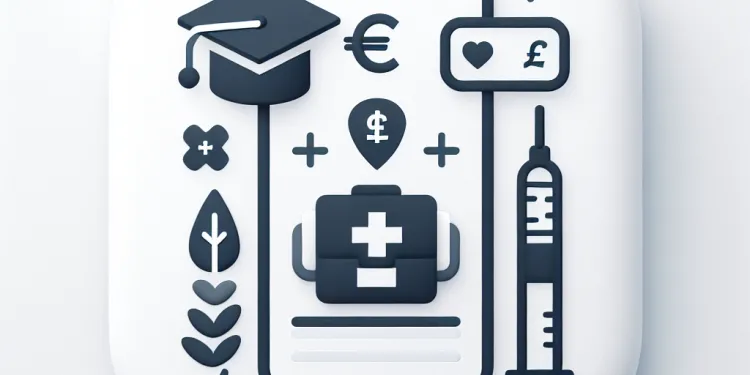
Can first aid courses be applied for college credit?
Relevance: 64%
-

Do I need to bring anything to a first aid course?
Relevance: 64%
-
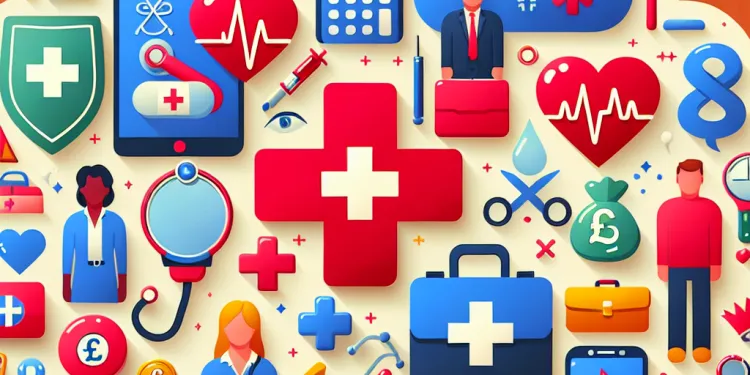
Are there specific first aid courses for different professions?
Relevance: 53%
-
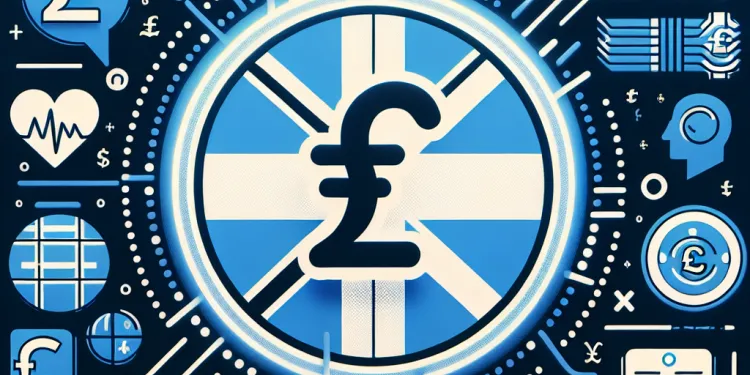
What language options are available for first aid courses?
Relevance: 49%
-
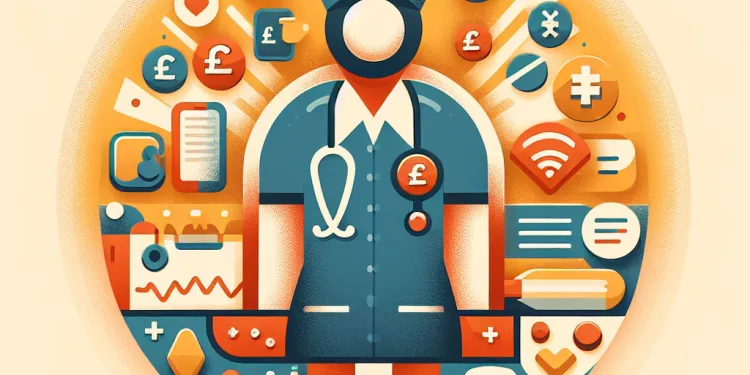
What skills are important for a career in nursing?
Relevance: 43%
-
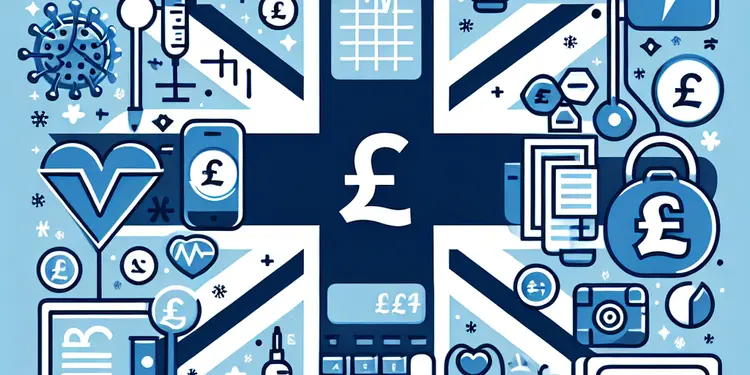
How can I improve my skills in primary care support?
Relevance: 41%
-
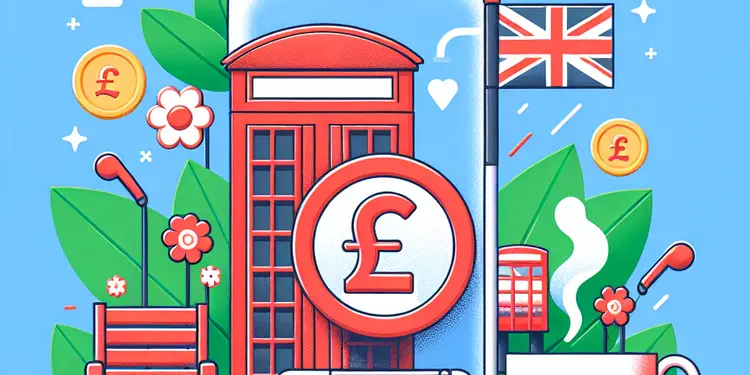
Can learning a new skill be considered a hobby for older adults?
Relevance: 41%
-
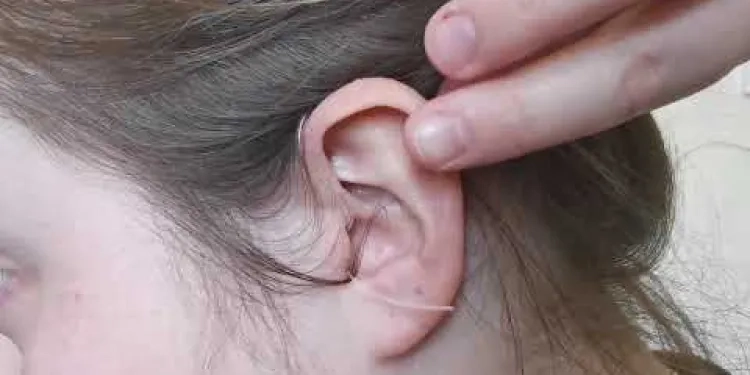
How to insert your hearing aid
Relevance: 40%
-
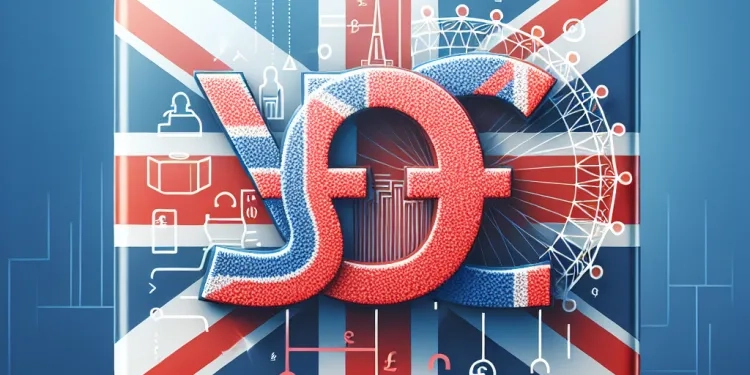
What is AIDS?
Relevance: 39%
-
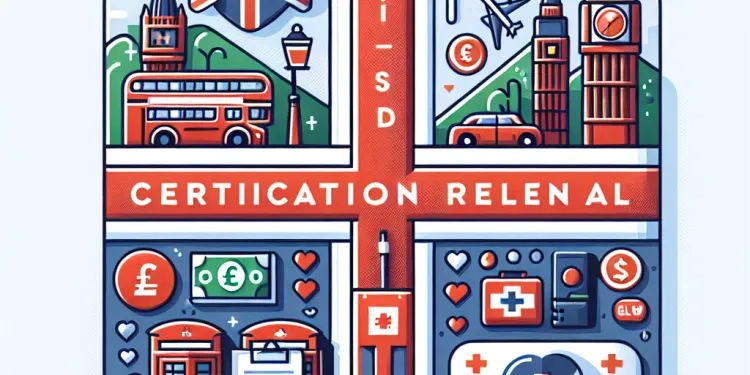
Is it important to renew my first aid certification?
Relevance: 39%
-

Are there online simulations for practicing first aid?
Relevance: 39%
-

What first aid measures can be taken in case of methanol exposure?
Relevance: 37%
-

What is HIV / AIDS?
Relevance: 35%
-
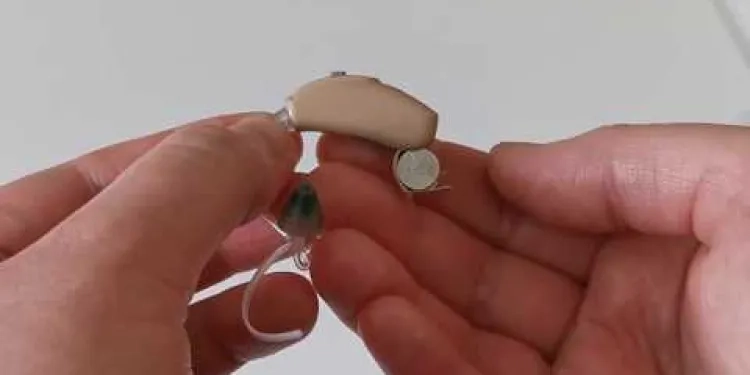
How to turn your hearing aids on and off
Relevance: 35%
-

Showing you around your hearing aid
Relevance: 35%
-
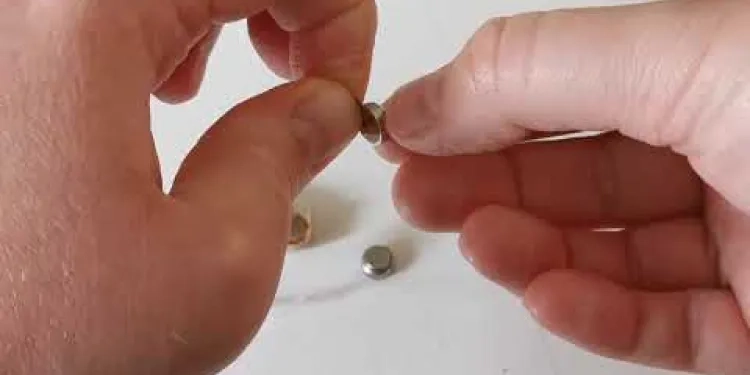
How to change your hearing aid battery
Relevance: 35%
-
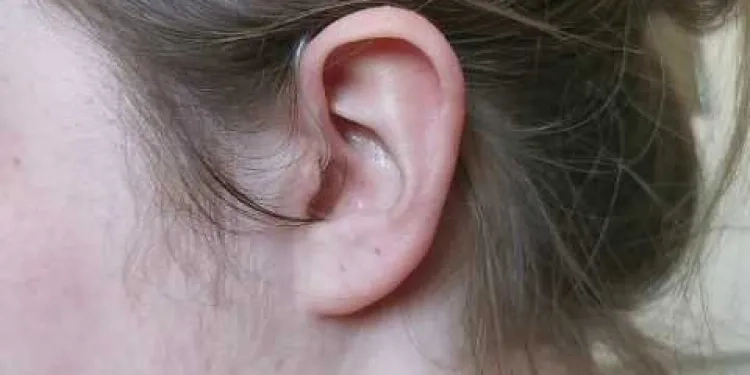
How to remove your hearing aid
Relevance: 34%
-

How to clean your hearing aid
Relevance: 34%
-
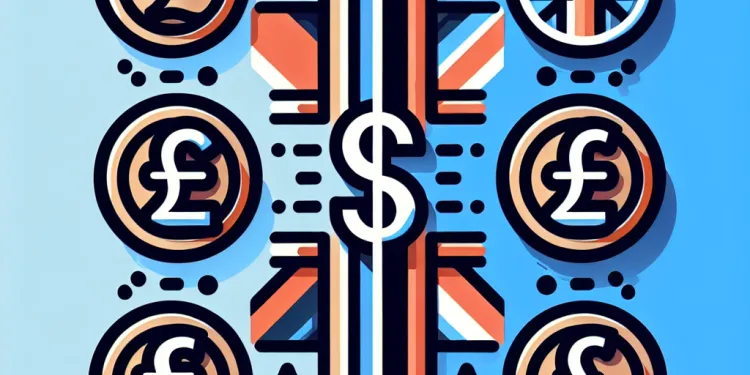
What is the difference between HIV and AIDS?
Relevance: 34%
-
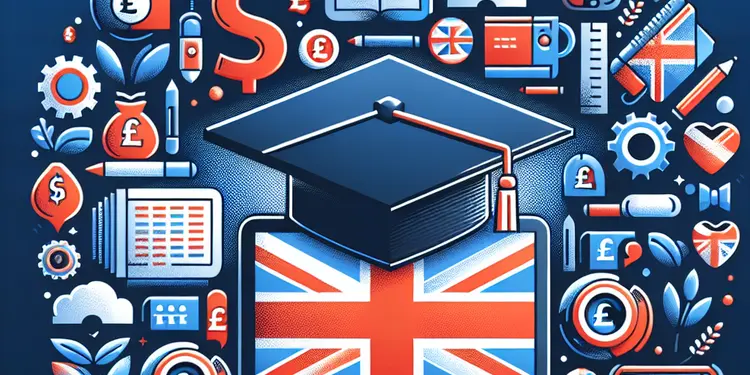
Are there financial aids available for further education?
Relevance: 34%
-

Where was Nipah Virus first identified?
Relevance: 30%
-
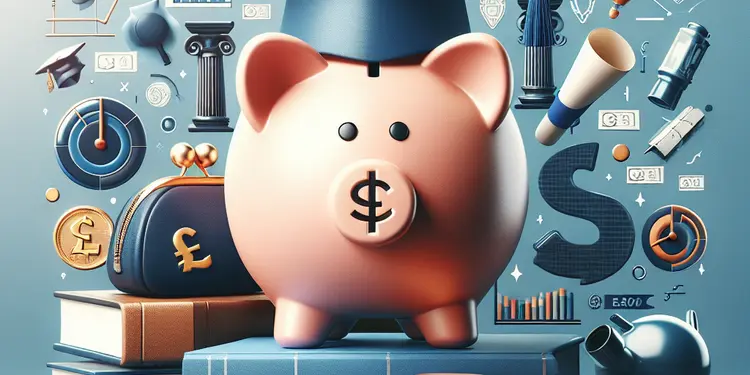
How does the payment affect students' financial aid packages?
Relevance: 30%
-
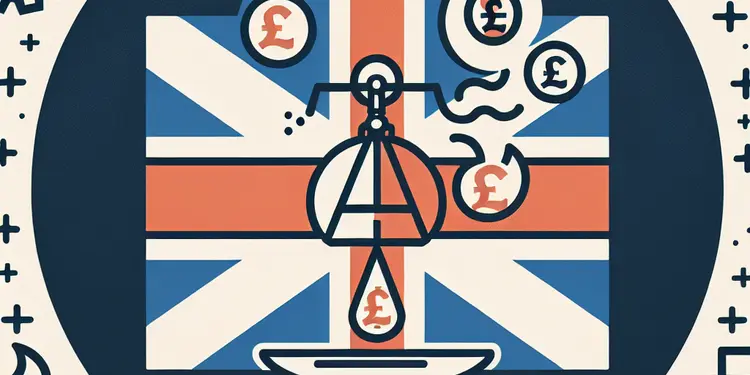
Legal Aid Cuts: Campaigners Warn of Access to Justice Crisis
Relevance: 30%
-
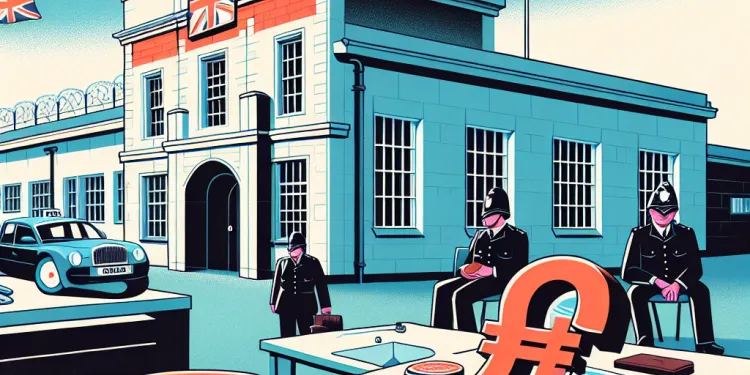
What to expect on the first day in a British prison.
Relevance: 30%
-

Can I have visitors on the first day?
Relevance: 29%
-

What is the role of mental exercises in maintaining driving skills for seniors?
Relevance: 28%
Understanding the Importance of First Aid
First aid is a crucial skill that can save lives and minimize injuries during emergencies. In the UK, having a basic understanding of first aid is not only a valuable skill but also a responsibility. Whether responding to an accident at home, in the workplace, or in public spaces, being able to administer first aid effectively can make a significant difference.
Attend Certified First Aid Courses
One of the most effective ways to practice first aid skills is by attending certified courses. Organisations such as the British Red Cross and St John Ambulance offer accredited first aid training across the UK. These courses provide hands-on experience and cover essential skills such as CPR, wound treatment, and managing unconscious casualties. Regularly attending refresher courses ensures that your knowledge stays up to date with the latest guidelines.
Practice Regularly at Home
Practicing first aid at home is crucial for reinforcing skills learned during courses. Set aside time to review techniques such as the recovery position, bandaging wounds, and performing CPR. Use manikins, if available, or practice with family and friends to improve your confidence. Reading first aid manuals and watching instructional videos can also supplement your practice, providing visual aids that clarify more complex techniques.
Join First Aid Volunteer Groups
Joining a first aid volunteer group can provide opportunities to practice skills in real-life scenarios. Many local communities in the UK have first aid groups that offer voluntary services at events and gatherings. Volunteering not only gives you practical experience but also helps you stay calm and collected in emergencies, which is essential for effective first aid delivery.
Use First Aid Apps
Technology offers excellent tools for practicing first aid. There are numerous apps available that provide step-by-step guides and interactive quizzes on first aid procedures. These apps can be particularly useful for revising key techniques and keeping your knowledge fresh. Ensure you download apps that are recognised by established organisations, such as the British Red Cross First Aid app, which is tailored specifically for UK users.
Stay Informed about Legal Aspects
Understanding the legal aspects of administering first aid in the UK is essential. The Good Samaritan law generally protects those who offer assistance in emergencies, provided they act within their level of training. Familiarize yourself with this and other relevant legislation so that you can confidently offer help when it is needed without legal worries.
Encourage Others to Learn First Aid
Finally, encourage friends and family to learn first aid too. Practicing together can enhance learning and provide mutual support. The more people who understand and can apply first aid, the safer our communities will be. Additionally, discussing different scenarios and solutions can improve everyone’s problem-solving abilities in stressful situations.
Why First Aid is Important
First aid helps people in emergencies. In the UK, it is important for everyone to learn first aid. It means you can help someone if they get hurt at home, at work, or outside. Knowing first aid can save lives.
Go to First Aid Classes
To learn first aid, you should go to classes. The British Red Cross and St John Ambulance in the UK teach people how to do first aid. In these classes, you learn by doing things like CPR and how to help someone who is hurt. Going to classes often helps you remember what to do.
Practice First Aid at Home
You should practice at home what you learn in classes. Set time to practice things like putting someone in the recovery position, bandaging wounds, and doing CPR. Practice with family or friends. You can also read first aid books or watch videos to learn more.
Join First Aid Groups
Join groups that do first aid in real situations. Many towns in the UK have groups that help at events. Volunteering gives you real-life practice and helps you stay calm in emergencies.
Use First Aid Apps
Use technology like apps to learn first aid. There are apps that show you steps and have quizzes to test what you know. These help you remember how to do things. Use apps like the British Red Cross First Aid app, which is made for people in the UK.
Learn the Law
Learn about the law for giving first aid in the UK. The Good Samaritan law protects people who help in emergencies if they stay within their training. Know these laws so you can help people without worry.
Tell Others About First Aid
Tell your friends and family to learn first aid too. Learning together can make everyone better. The more people who know first aid, the safer everyone will be. Talking about different situations helps prepare for emergencies.
Frequently Asked Questions
What is the most effective way to learn first aid skills?
The most effective way to learn first aid skills is through a certified course with hands-on training, such as those offered by the Red Cross or other reputable organizations.
How often should I refresh my first aid skills?
It is recommended to refresh your first aid skills every two years, or as required by your certification body, to stay current with new techniques and protocols.
Can I practice first aid skills at home?
Yes, you can practice first aid skills at home using materials like first aid mannequins or online simulations, but hands-on practice with an instructor is most effective.
What online resources are available for practicing first aid?
Online platforms such as the American Red Cross, St John Ambulance, and others offer courses, videos, and interactive simulations for first aid practice.
How can role-playing help in practicing first aid?
Role-playing scenarios with friends or family can help you apply first aid techniques in realistic situations and improve decision-making skills.
Are there apps that can help me learn first aid skills?
Yes, there are several apps, like the Red Cross First Aid app, that provide step-by-step guides and quizzes to help improve your first aid knowledge.
What are the basic first aid skills I should practice regularly?
Basic skills to practice include CPR, treating cuts and wounds, handling fractures, managing choking incidents, and recognizing signs of shock or heart attack.
How can I use a first aid dummy for practice?
First aid dummies can be used to practice CPR techniques, the Heimlich maneuver, and other physical practices, providing realistic feedback and application.
What is the importance of practicing first aid in a group setting?
Practicing in a group enhances learning through feedback, discussion, and varied role-playing scenarios that individuals might not consider on their own.
How does practicing with a timer improve first aid skills?
Using a timer can help simulate emergency situations where quick responses are crucial, improving your ability to perform under pressure.
What should I focus on when practicing CPR?
Focus on compressing the chest at the correct depth and rate (usually 100-120 compressions per minute), and ensuring the airway is open for rescue breaths.
How can reflective practice improve my first aid skills?
Reflective practice involves reviewing your performance after practice or real-life situations to identify what went well and areas for improvement.
Can online quizzes help in measuring my first aid knowledge?
Yes, online quizzes are an effective way to test your retention and understanding of first aid principles, and can highlight areas needing further study.
Should I get feedback from a professional when practicing first aid?
Feedback from a professional is invaluable as they can correct mistakes, provide tips, and ensure the techniques you practice are up-to-date and effective.
Is attending first aid workshops beneficial?
Yes, workshops often offer practical, scenario-based learning with professional guidance, which can enhance your competence and confidence in first aid.
How can joining a first aid club or group help me practice?
Joining a club enables regular practice sessions, access to resources, and learning opportunities through shared experiences and group exercises.
What materials do I need to practice first aid effectively?
Essential materials include a first aid manual, mannequins for CPR, bandages, splints, and simulation apps or videos for guidance.
How can I stay updated on new first aid techniques?
Subscribe to newsletters from first aid organizations, attend refresher courses, and partake in online forums to learn about new advancements and protocols.
What role does visualization play in first aid practice?
Visualization involves mentally rehearsing steps and procedures, which can enhance memory retention and increase confidence in real situations.
Can practicing first aid improve my ability to remain calm in emergencies?
Regular practice increases familiarity with procedures, which can help reduce panic and improve your ability to stay calm during real emergencies.
How can I learn first aid skills best?
Learning first aid is really important. Here are some easy ways to learn it:
- Take a Class: Find a local class or online course about first aid. It will help you learn with a teacher and other students.
- Watch Videos: Look for first aid videos online. They can show you what to do in an emergency.
- Practice: Practice first aid skills with friends or family. This helps you remember what to do.
- Use Apps: Download first aid apps on your phone. They give step-by-step help in emergencies.
Tell an adult or teacher if you need help. They can help you find classes or resources.
The best way to learn first aid is to take a class. Look for classes with real practice, like those from the Red Cross or other good groups.
How often should I practice first aid?
It's good to practice first aid often. Try to renew your skills every year.
Here are some tips:
- Join a first aid class.
- Practice with friends or family.
- Watch videos about first aid.
You should practice your first aid skills every two years. This helps you remember what to do in an emergency. It also keeps you up-to-date with new ways to help people. Check with the place that gave you your first aid certificate to see if they have special rules.
Can I learn first aid at home?
Yes, you can learn first aid at home. Here are some tips:
- Watch videos that show first aid steps.
- Use first aid apps to guide you.
- Read simple first aid books.
- Practice with a friend or family member.
Remember, if someone is hurt, it is always good to call for help.
Yes, you can practice first aid at home. You can use things like practice dolls or online games. But it is best to practice with a teacher who can show you what to do.
What websites can help you learn first aid?
You can find websites that help you learn first aid. They have videos, pictures, and games to help you learn. Here are some ideas:
- Red Cross: This group shows you how to do first aid with videos and lessons.
- YouTube: You can watch videos about first aid. Search for "first aid" to find them.
- First Aid Apps: There are apps for your phone that can teach you first aid. Try looking in the app store.
You can use a dictionary or ask someone to help if you find some words hard to understand.
Websites like the American Red Cross and St John Ambulance have easy courses, videos, and fun games to help you learn first aid.
How can acting out help in learning first aid?
Acting out, or role-playing, is when you pretend to be someone else. You can act like a doctor or a person who needs help.
Role-playing can help you practice first aid because:
- You can take turns being the helper and the person who needs help.
- It helps you remember what to do in an emergency.
- You can practice in a safe place where it is okay to make mistakes.
- It can be fun and make learning easier.
Try using dolls or toys to pretend, if that helps you. Watching videos or asking an adult to guide you can also be helpful.
Practicing pretend emergency situations with your friends or family can help you learn how to do first aid better. It helps you make good choices if an emergency happens for real.
Can I use apps to learn first aid?
Yes, there are apps like the Red Cross First Aid app. These apps show you steps on how to help in emergencies. They also have quizzes to make your first aid skills better.
What simple first aid skills should I practice often?
It's important to know some basic skills. These skills help you take care of people in emergencies.
Here are some things you can learn:
- How to do CPR. CPR helps when someone stops breathing.
- How to clean and cover cuts and wounds.
- What to do if someone breaks a bone.
- How to help someone who is choking.
- How to know if someone is in shock or having a heart attack.
You can use a first aid app or book to learn more about these things. You can also go to a first aid class to practice.
How can I use a first aid dummy to practice helping?
First aid dummies help you practice important skills like CPR and the Heimlich maneuver. These dummies make it feel real and help you learn better.
Why is it good to practice first aid with other people?
Practicing first aid with a group is helpful. You can learn together and help each other.
Here are some reasons why:
- You can see how others do first aid and learn from them.
- If you are not sure about something, you can ask your friends.
- Practicing with others can make it more fun and less scary.
- You can share tips and tricks to make it easier.
Here are some tools to help:
- Use pictures and videos to see how to do first aid.
- Try using simple first aid kits to practice.
- Play games that teach first aid skills.
Practicing with a group helps you learn better. You can get feedback, talk about things, and try different role-plays that you might not think of alone.
How can using a timer help you get better at first aid?
Using a timer can make your first aid practice better. Here is how:
- Focus: A timer helps you stay focused and finish tasks quickly.
- Speed: You learn to help people faster.
- Practice: Use the timer to practice many times. It helps your brain remember.
Try these tools:
- Find a timer on your phone.
- Ask someone to time you.
These tips can help you improve your first aid skills.
Using a timer can help you get ready for emergencies. It makes you practice acting fast. This way, you can do better when you feel stressed.
What should I pay attention to when doing CPR?
When you are practicing CPR, think about these important steps:
- Call for help: Ask someone to dial the emergency number.
- Push hard and fast in the middle of the chest.
- Continue pushing until help arrives.
You can use videos or classes to help you learn CPR better.
Push down on the chest hard and fast. Do it about 100 to 120 times in one minute. Make sure the person’s mouth and throat are clear so you can give them air.
How can thinking about what I did help me get better at first aid?
When you help someone who's hurt, it’s good to think about what you did after. This is called "thinking back" or reflecting.
Here are some ways this can help you:
- You can see what you did well.
- You can find things you could do better next time.
- You get better at helping people by learning from your actions.
To make this easier, you can:
- Talk with a friend about what you did.
- Write down what happened and how you felt.
- Ask a teacher or helper for advice.
By doing this, you will slowly get better and feel more confident in first aid.
Reflective practice means thinking about what you did after you finish something. You look at what you did really well and what you can do better next time.
Do online quizzes help you learn first aid?
Yes, online quizzes are a good way to see if you remember and understand first aid. They can show you where you need to learn more.
Is it important to ask an expert to check my first aid skills?
When you practice first aid, it can be helpful to ask someone who knows a lot about it to watch you. This person can give you tips to get better.
Here are some ideas that might help you:
- Ask a teacher or trainer to guide you.
- Watch videos made by experts.
- Practice with friends or family and ask them for feedback.
- Use online programs that teach first aid skills step-by-step.
These steps can help you feel more confident and ready to help others if there is an emergency.
Getting help from a teacher is really good. They can help fix mistakes, give helpful tips, and make sure you are using the best ways to learn.
Is going to first aid classes helpful?
First aid classes teach you what to do if someone gets hurt or feels sick. These classes show you how to help in an emergency. This can make you feel more confident.
When you go to a first aid class, you can learn how to:
- Help someone who is bleeding
- Help someone who is not breathing
- Use a bandage
- Call for help
Tools that might help you learn better include:
- Videos and pictures that show what to do
- Hands-on practice with a teacher
- Simple worksheets or cards to remind you what to do
Going to these classes is a good idea if you want to help people in an emergency.
Yes, workshops help you learn first aid with hands-on practices. You get to try out real-life situations with the help of a teacher. This can help you become better and more confident in doing first aid.
How can joining a first aid club or group help me practice?
Joining a first aid club is a great idea.
Here’s how it can help you:
- You can learn from others.
- You can practice with friends.
- It’s fun to work in a team.
Some tips to help you:
- Ask lots of questions.
- Watch and copy what others do.
- Try role-playing to practice. Pretend to help someone.
Joining a club helps you practice often, use helpful tools, and learn new things by doing activities with other people in the club.
What do I need for first aid practice?
Here are the things you need to practice helping people:
- First aid kit: A box with bandages, gloves, scissors, and more.
- Picture guide: A book with pictures showing what to do.
- Practice dummy: A fake person to practice on.
- Bandages: Cloth or sticky strips to cover cuts.
- Gloves: To keep your hands clean.
For more help, ask someone who knows first aid or find a class to learn more.
Things you need are a first aid book, dolls for CPR practice, bandages, splints, and apps or videos to help you learn.
How can I learn about new first aid tips?
Here are some ways:
- Read books: Look for first aid books in the library.
- Watch videos: Find videos online that show first aid steps.
- Take a class: Join a simple first aid class.
- Use apps: Download a phone app about first aid.
- Ask an expert: Talk to a nurse or doctor.
You can try these tools:
- Use a voice assistant to read for you.
- Ask someone to explain first aid to you.
Sign up for letters that come to your email from first aid groups. Go to classes to learn again. Join online chats to hear about new ways to help and stay safe.
How can pictures help with first aid?
Pictures can help you remember what to do in first aid.
They show you the steps to help someone who is hurt or sick.
Try using pictures or drawings when you practice first aid skills.
Tools like a first aid app or videos can also be helpful.
Visualization is like imagining things in your mind. You picture the steps and what you have to do. This helps you remember things better and makes you feel more sure of yourself when you do them in real life.
Does learning first aid help me stay calm in emergencies?
Learning first aid can help you feel less scared in emergencies.
Here are some tips that can help:
- Practice first aid often. This can make you feel more ready.
- Take deep breaths if you feel nervous. This can help you stay calm.
- Use simple steps. Follow what you learned in first aid.
- Ask someone to help you. It's good to work with others.
Using these tools can make emergencies less scary. It helps to know what to do.
Practicing often helps you know what to do. This can stop you from feeling scared and help you stay calm if something bad happens.
Useful Links
- Ergsy carfully checks the information in the videos we provide here.
- Videos shown by Youtube after a video has completed, have NOT been reviewed by ERGSY.
- To view, click the arrow in centre of video.
- Most of the videos you find here will have subtitles and/or closed captions available.
- You may need to turn these on, and choose your preferred language.
- Go to the video you'd like to watch.
- If closed captions (CC) are available, settings will be visible on the bottom right of the video player.
- To turn on Captions, click settings .
- To turn off Captions, click settings again.
More Items From Ergsy search
-

Can first aid skills help in daily life?
Relevance: 100%
-

How can I practice first aid skills effectively?
Relevance: 98%
-

Are there first aid courses for pets?
Relevance: 80%
-

Where can I learn First Aid?
Relevance: 79%
-

Do first aid certifications expire?
Relevance: 77%
-

Can I take first aid courses in person?
Relevance: 75%
-

What age is appropriate to start learning first aid?
Relevance: 74%
-

Where can I learn first aid online?
Relevance: 73%
-

Are there free resources for learning first aid?
Relevance: 73%
-

What is the best first aid certification to obtain?
Relevance: 72%
-

Are there mobile apps that teach first aid?
Relevance: 71%
-

Can I learn first aid as a group?
Relevance: 71%
-

How important is it to learn CPR along with first aid?
Relevance: 70%
-

What topics are covered in a first aid course?
Relevance: 69%
-

Can first aid courses be applied for college credit?
Relevance: 64%
-

Do I need to bring anything to a first aid course?
Relevance: 64%
-

Are there specific first aid courses for different professions?
Relevance: 53%
-

What language options are available for first aid courses?
Relevance: 49%
-

What skills are important for a career in nursing?
Relevance: 43%
-

How can I improve my skills in primary care support?
Relevance: 41%
-

Can learning a new skill be considered a hobby for older adults?
Relevance: 41%
-

How to insert your hearing aid
Relevance: 40%
-

What is AIDS?
Relevance: 39%
-

Is it important to renew my first aid certification?
Relevance: 39%
-

Are there online simulations for practicing first aid?
Relevance: 39%
-

What first aid measures can be taken in case of methanol exposure?
Relevance: 37%
-

What is HIV / AIDS?
Relevance: 35%
-

How to turn your hearing aids on and off
Relevance: 35%
-

Showing you around your hearing aid
Relevance: 35%
-

How to change your hearing aid battery
Relevance: 35%
-

How to remove your hearing aid
Relevance: 34%
-

How to clean your hearing aid
Relevance: 34%
-

What is the difference between HIV and AIDS?
Relevance: 34%
-

Are there financial aids available for further education?
Relevance: 34%
-

Where was Nipah Virus first identified?
Relevance: 30%
-

How does the payment affect students' financial aid packages?
Relevance: 30%
-

Legal Aid Cuts: Campaigners Warn of Access to Justice Crisis
Relevance: 30%
-

What to expect on the first day in a British prison.
Relevance: 30%
-

Can I have visitors on the first day?
Relevance: 29%
-

What is the role of mental exercises in maintaining driving skills for seniors?
Relevance: 28%


